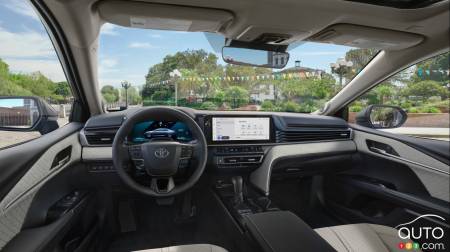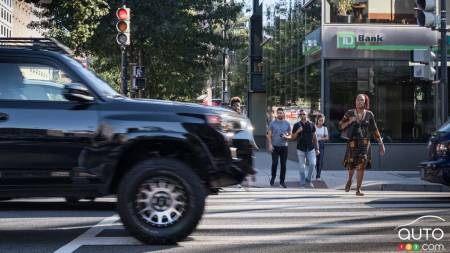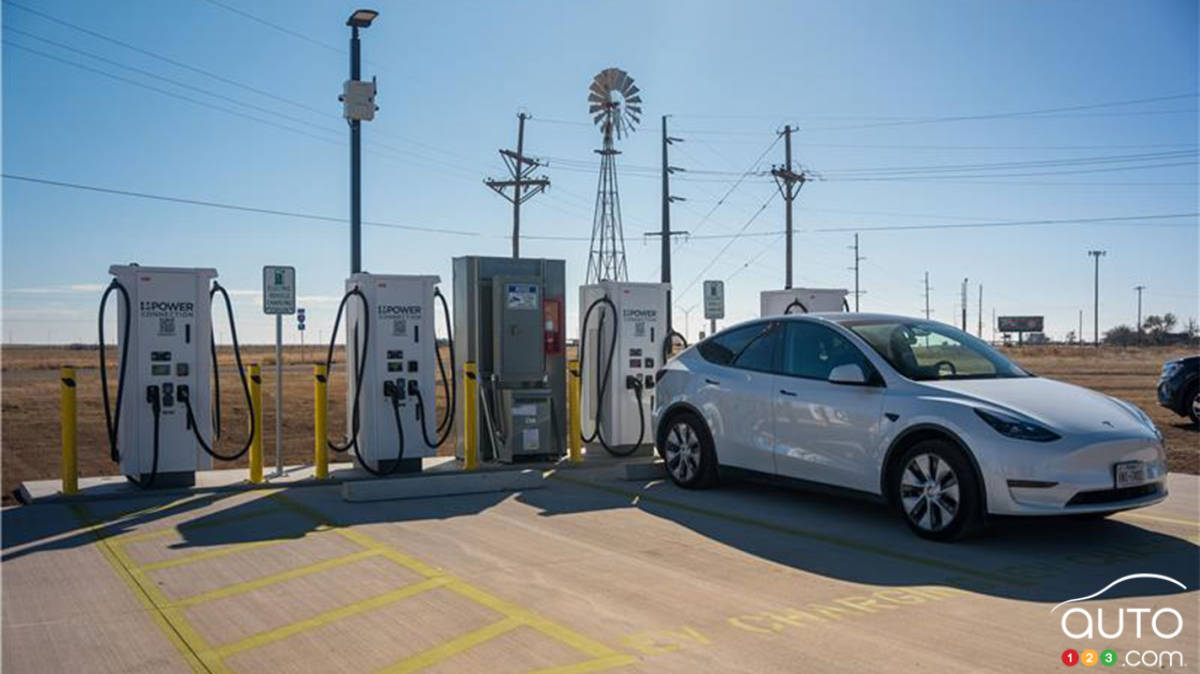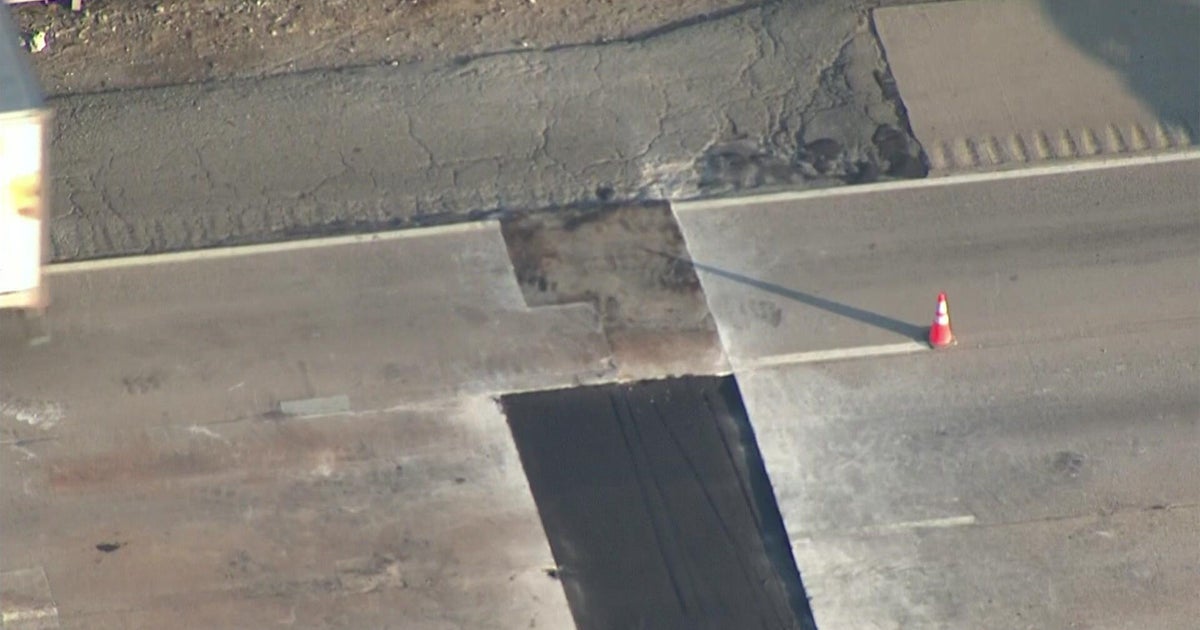Forward visibility in vehicles worse today: IIHS | Car News | Auto123
If there's one thing that has significantly deteriorated in modern vehicles over the years and decades, it's visibility. In some models, rear visibility is downright terrible.
Here’s what else has become more apparent in recent years: bigger blind spots looking forward, most notably due to vehicles’ A-pillars. Those have gotten heftier to meet creasingly strict safety standards. But one result is that they increasingly obstruct drivers’ view.
The IIHS (Insurance Institute for Highway Safety), which conducts crash tests on new vehicles, developed a new method to assess just how much obstruction drivers are getting. A Department of Transportation study concludes that the situation has worsened over the past 25 years.
The method used by the IIHS is designed to measure and compare what a driver can see within a 180-degree angle forward and outward from a vehicle. It uses a camera that analyses the driver's vision; the image is then processed to determine the percentage of the road visible within a given radius and what is blocked by the A-pillars, hood and side mirrors of the vehicle.
The IIHS examined each generation of vehicles sold between 1997 and 2023. The models chosen for the study were the Chevrolet Suburban, Ford F-150, Honda Accord, Honda CR-V, Jeep Grand Cherokee and Toyota Camry.

|
The analysis measured a driver's visibility within a radius of 10 metres, which is about the space generally needed to react and stop when driving at 16 km/h. The study also measured visibility between 10 and 20 metres from the vehicle.
The biggest difference with a single model was observed with the Honda CR-V. On a 1997 model, researchers measured 68-percent visibility, while that of the 2022 model was only 28 percent. On a 2000 Suburban, researchers measured 56 percent of visible area within a 10-metre radius, compared to 28 percent on a 2023 model. The drops on other models in the study are also significant, but slightly less so.

| Photo: IIHS
Not surprisingly, the study also shows that during the same period, the number of pedestrian and cyclist fatalities on American roads increased dramatically, by 37 and 42 percent respectively.
Of course, not all models on the market were tested, but for having driven a lot of different vehicles over the last 20 years, we can confirm the decline in overall forward visibility. With certain vehicles, at intersections, it's not uncommon to discover a cyclist or pedestrian completely hidden by one of the A-pillars. As a driver, you constantly have to move your head to ensure you see everything. With a car from the 80s or 90s, this wasn't an issue.












